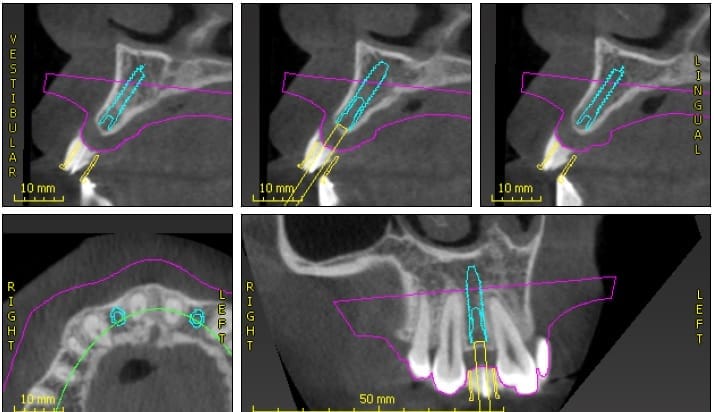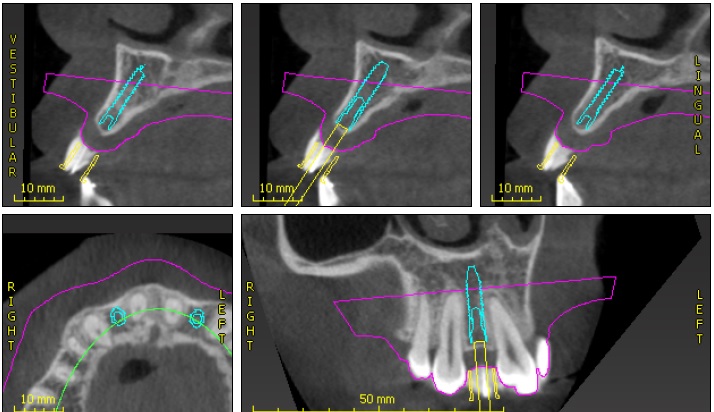
Timing of Centric Stops for Implants
Single Implant vs. Full Arch Prosthetic
When you’re looking at designing centric stops for implants, whether it’s a single implant crown or a full-arch fixed prostheses, it’s very important first to understand the difference between implants and teeth.
{% video_player “embed_player” overrideable=False, type=’scriptV4′, hide_playlist=True, viral_sharing=False, embed_button=False, autoplay=False, hidden_controls=False, loop=False, muted=False, full_width=False, width=’1920′, height=’1080′, player_id=’9526981357′, style=” %}
Teeth have a lot more favorable advantages.
One, it has a periodontal ligament (PDL). Any occlusal force gets dissipated within that PDL, and less force goes to the bone. Lateral forces can be dissipated towards the apex of the tooth. Tooth mobility can often be reversed from an equilibration or a simple occlusal adjustment. The functional bite force on teeth is less due to proprioception.
With implants, it’s different. It does not tolerate forces as well.
 Energy from an occlusal force to an implant is transmitted as a higher intensity force to the surrounding bone. Implant mobility, unfortunately, is not reversible. Instead of going towards the apex, lateral forces on an implant are concentrated around the crest of the surrounding bone. The functional force on an implant is four times higher than on a tooth.
Energy from an occlusal force to an implant is transmitted as a higher intensity force to the surrounding bone. Implant mobility, unfortunately, is not reversible. Instead of going towards the apex, lateral forces on an implant are concentrated around the crest of the surrounding bone. The functional force on an implant is four times higher than on a tooth.
Other key numbers just to remember between teeth and implant, the axle displacement. With teeth, it’s 25 to 100 microns versus implants, which is 3 to 5 microns. So considering this, one thing that can help you significantly knowing that we’re now dealing with dynamic occlusion, is a the T-Scan. A T-Scan is invaluable when you’re looking at implant occlusion.
A single-tooth key point I learned from Drs. Finlay and Cranham is you want the implant to be the last one to come in occlusion and the first one to leave.
With a full-arch fixed prostheses, now it’s different. Timing is not so much of an issue, but it’s how you design that occlusal scheme. The key is you don’t want that canine to be the sole bearer of that lateral guidance. You want it to be shared. So keep it in mind that lateral forces on an implant are much different than lateral forces on a tooth. You want it to be shared with two adjacent teeth, whether it be the lateral first premolar or first premolar, second premolar.
Hopefully, this quick tip will help you guys when you’re designing your occlusion and when you’re thinking about centric stops on implant-supported restorations.









Leave a Reply
Want to join the discussion?Feel free to contribute!